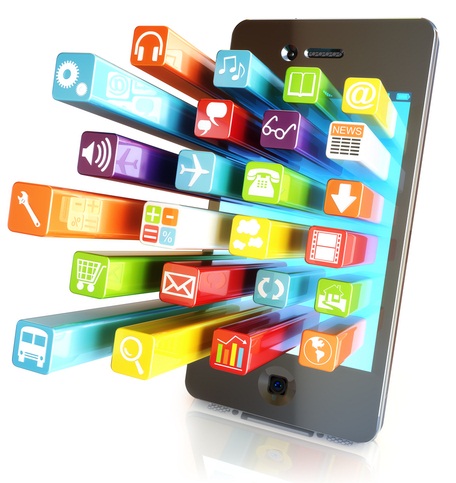Smartphone Data Consumption To Increase Tenfold By 2019

Smartphone subscriptions are set to grow from 1.9 billion to 5.6 billion by 2019, with data consumption per device set to skyrocket, according to an Ericsson study
Ericsson’s latest mobility report highlights a mobile domino effect of sorts, with growing user numbers prompting network expansions and increased speeds.
Low-priced smartphones are attracting first-time buyers in China and other emerging markets, which is causing the industry to grow by great strides and encouraging the faster expansion of wireless networks, Ericsson said in its 11 November mobility report.
Mobile expansion
Ericsson expects the number of mobile subscribers to reach 9.3 billion by 2019 and for the number of mobile broadband subscribers to quadruple in that time, from today’s 2 billion to 8 billion. Smartphone subscriptions, meanwhile, are expected to reach 5.6 billion, up from the current 1.9 billion.
 “The rapid pace of smartphone uptake has been phenomenal and is set to continue,” Douglas Gilstrap, Ericsson’s senior vice president and head of strategy, said in a statement. “It took more than five years to reach the first billion smartphone subscriptions, but it will take less than two to hit the 2 billion mark. Between now and 2019, smartphones subscriptions will double.”
“The rapid pace of smartphone uptake has been phenomenal and is set to continue,” Douglas Gilstrap, Ericsson’s senior vice president and head of strategy, said in a statement. “It took more than five years to reach the first billion smartphone subscriptions, but it will take less than two to hit the 2 billion mark. Between now and 2019, smartphones subscriptions will double.”
Smartphones currently represent 25 to 30 percent of all mobile phone subscriptions, though during the third quarter of 2013 they accounted for 55 percent of the phones sold.
Smartphone sales are driving smartphone traffic, which is expected to increase by 10 times between 2013 and 2019, reaching 10 exabytes.
Video traffic, then, is also growing, by 55 percent annually. Video currently accounts for 25 percent of smartphone traffic and 40 percent of tablet traffic. By 2019, video is expected to represent more than 50 percent of mobile data traffic, while social networking and web services will each account for approximately 10 percent.
Data consumption to quadruple
“The amount of data sent by each smartphone will also quadruple up to 2019,” Johan Wibergh, head of Business Unit Networks, said in an Ericsson interview about the report. “That means in 2019, over a period of just two weeks, 5 exabytes of information will be sent by the average smartphone user.”
To support all that data traffic, high-speed networks will need to be available to more people. By 2019, Ericsson expects 90 percent of the world’s population to be covered by WSDMA/HSPA technology, and 65 percent to be covered by Long Term Evolution (LTE).
With mobile broadband subscriptions expected to quadruple, many new subscribers will be people who have never been connected to the Internet before.
“Today, 80 percent of all subscriptions [in Africa] are 2G,” said Wibergh. “In the coming six years this will completely change. In 2019, 80 percent of the subscriptions will be 3G or 4G instead, which will enable mobile broadband and the Internet for the vast population of Africa.”
In North America, 40 percent of mobile subscriptions are now HSPA, and nearly as many are CDMA. By 2019, 85 percent of subscriptions on the continent are expected to be LTE. The growth in LTE subscriptions, says Ericsson, will be driven by “strong competition and consumer demand, following CDMA operators’ early decisions to migrate to LTE.”
Do you know all about Microsoft Windows Phone? Take our quiz.
Originally published on eWeek.